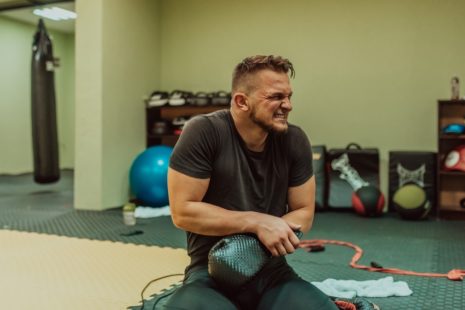Shoulder pain can be debilitating, but there are several effective non-surgical treatments available that can help alleviate discomfort and improve mobility. Whether your shoulder pain is due to an injury, overuse, or a chronic condition like arthritis, these strategies can offer relief without the need for surgery.
1. Physical Therapy
Physical therapy is often the first line of treatment for shoulder pain. A physical therapist can design a personalized exercise program to strengthen the muscles around the shoulder, improve flexibility, and reduce pain. Exercises may include stretching, strengthening, and range-of-motion exercises, tailored to your specific condition.
2. Cold and Heat Therapy
Applying ice packs to the shoulder for 15-20 minutes several times a day can help reduce inflammation and alleviate pain. After the initial swelling has gone down, using a heat pack or a warm towel can help relax tight muscles and increase blood flow to the area.
3. Over-the-Counter Medications
Nonsteroidal anti-inflammatory drugs (NSAIDs) like ibuprofen (Advil, Motrin) or naproxen (Aleve) can help reduce inflammation and relieve pain. Acetaminophen (Tylenol) can also be effective for pain management. Always follow the recommended dosages and consult with a healthcare provider before starting any new medication.
4. Corticosteroid Injections
For more severe or persistent shoulder pain, a doctor may recommend a corticosteroid injection. These injections can provide temporary relief from pain and swelling. Yet, the effects are not permanent, and repeated injections may be necessary.
5. Lifestyle and Home Remedies
Modifying your daily activities to avoid motions that exacerbate your shoulder pain is important. Resting the shoulder and avoiding activities that cause pain can help prevent further injury. Also, practicing good posture and using ergonomic adjustments at work or while driving can also reduce strain on the shoulder.
6. Alternative Therapies
Some people find relief from shoulder pain through alternative therapies such as acupuncture, massage therapy, and chiropractic care. While the effectiveness of these treatments can vary, they may be beneficial in conjunction with other non-surgical treatments.
7. Assistive Devices
Using slings or braces can provide support to the shoulder, especially if instability is a problem. These devices can help reduce pain by limiting movement and allowing the shoulder to rest.
It’s necessary to consult with a healthcare professional to diagnose the cause of your shoulder pain and to develop an appropriate treatment plan tailored to your needs. Non-surgical treatments can be very effective, but it may take time to see improvement. Patience and consistency with your treatment regimen are key to achieving the best outcomes.



